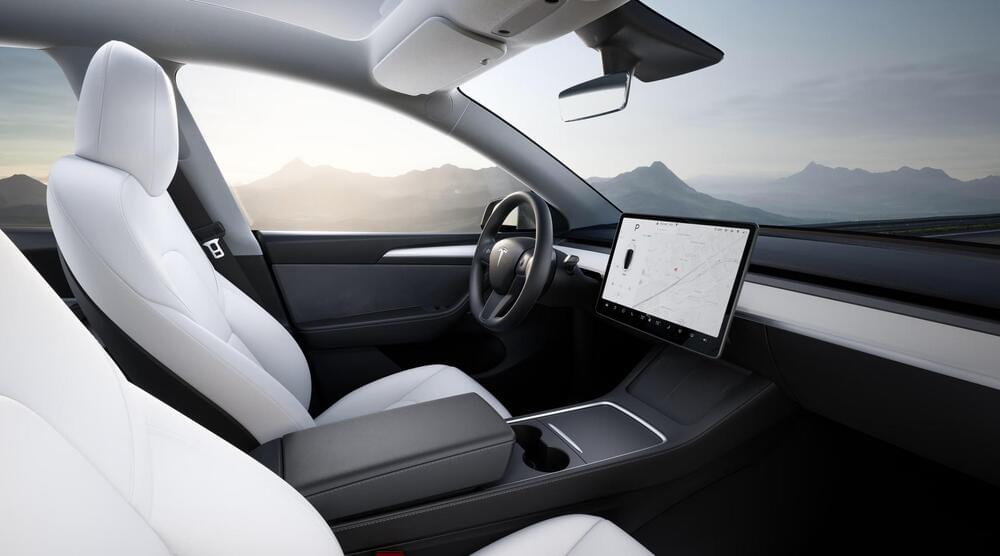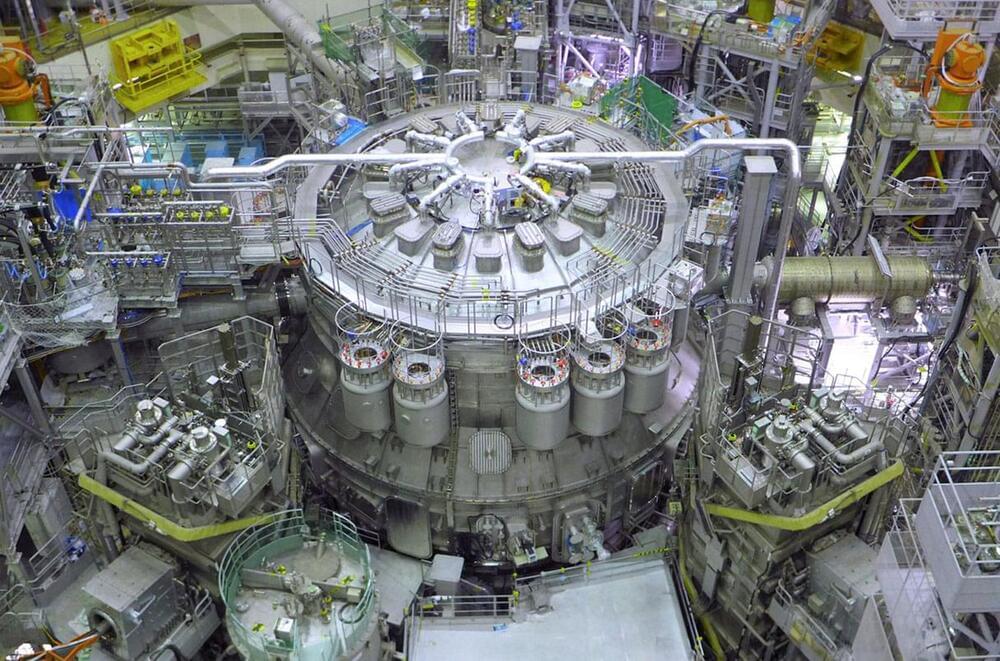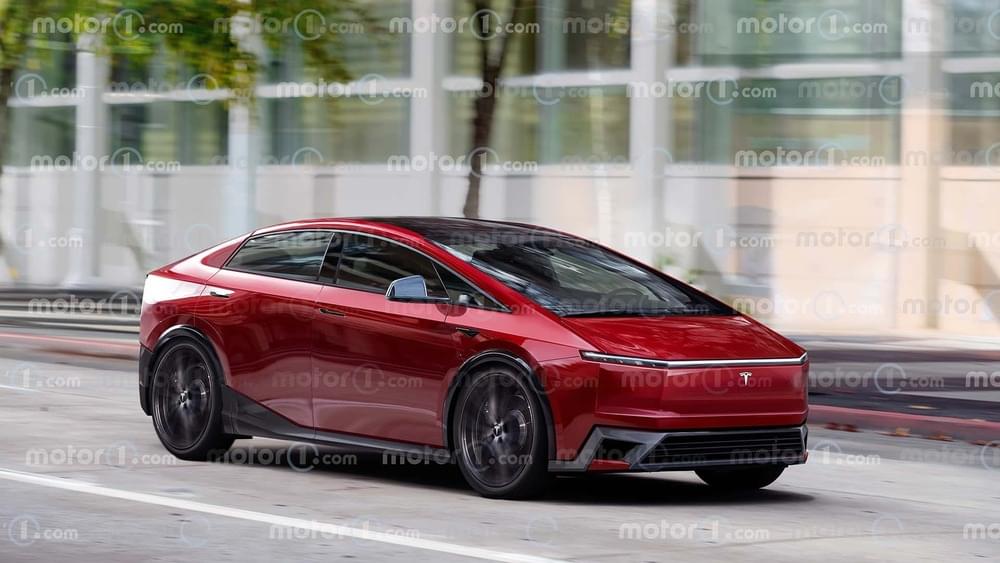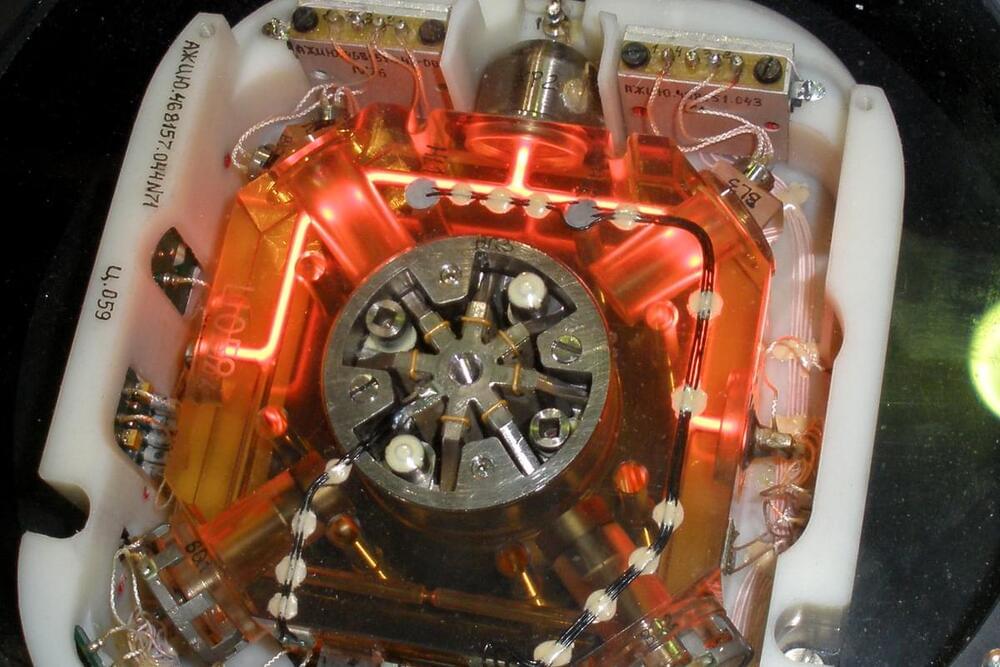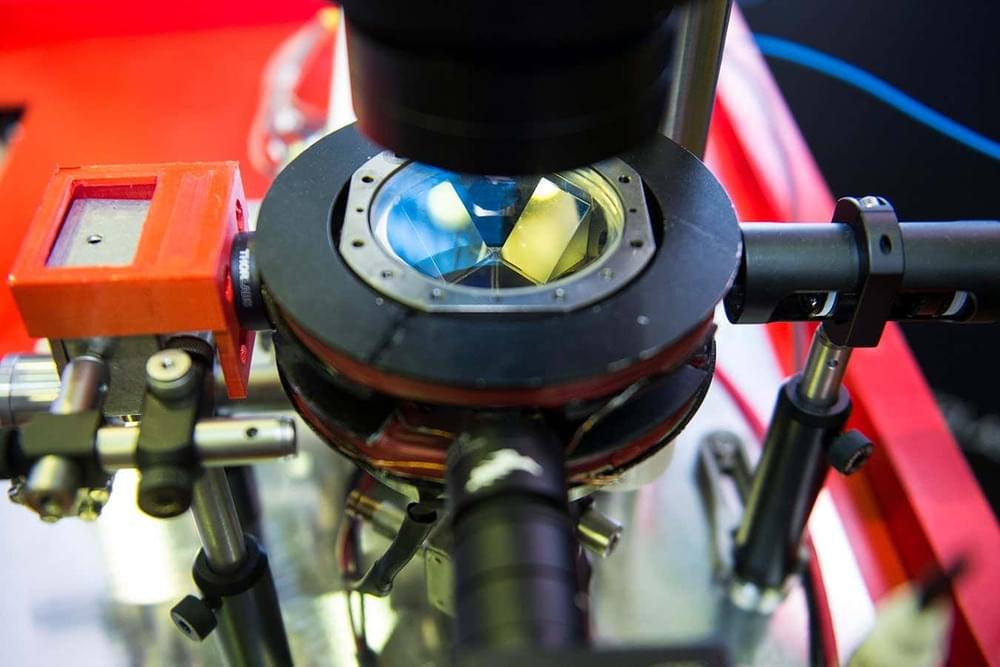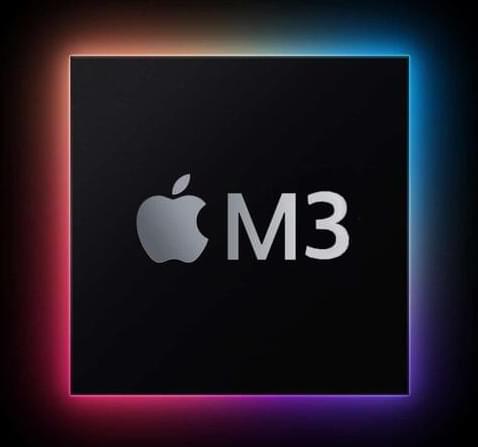NASA’s Kepler spacecraft has discovered most of the confirmed exoplanets that we know of. But its successor, TESS (Transiting Exoplanet Survey Satellite), is catching up. New research announces the validation of eight more TESS candidates, and they’re all Super-Earths.
TESS’s planet-hunting mission has a more refined goal than its predecessor, Kepler. TESS was specifically built to detect exoplanets transiting in front of bright stars in Earth’s neighbourhood. It’s found about 400 confirmed exoplanets, but there’s a list of exoplanets awaiting confirmation that contains almost 6,000 candidates. There are only two ways to confirm all these exoplanets-in-waiting: further observations and statistical methods.
What all those unconfirmed candidates amount to is data. They’re hiding in TESS’s data, waiting for clever scientists to validate them. Further observations can help uncover them, but not alone.



